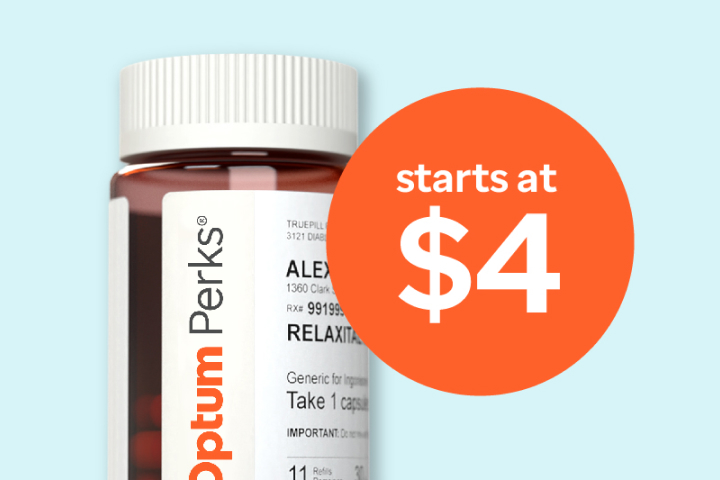Inflammatory breast cancer is a rare and aggressive form of cancer that occurs when malignant cells block the lymph vessels in the skin of the breast. It is different from other forms of breast cancer as it often doesn’t cause a lump or mass.
An early sign of inflammatory breast cancer is discoloration on the breast skin. Depending on your skin tone, a small section may appear red, pink, or purple. The discoloration can look like a bruise, which may lead some people to think it’s nothing serious. However, breast discoloration is a classic symptom of inflammatory breast cancer.
If you notice any symptoms of breast discoloration, speak with a doctor immediately. They can identify whether it’s breast cancer or the result of an infection, such as mastitis.
Symptoms of inflammatory breast cancer

Inflammatory breast cancer accounts for only 1–5% of all cases of breast cancer. It has a 5-year survival rate of almost 40%. It’s important to recognize the signs of this type of cancer and contact a doctor immediately if you notice changes in your breast.
As Inflammatory breast cancer is an aggressive form of cancer, the disease can progress rapidly within days, weeks, or months. This means receiving an early diagnosis is extremely important.
While developing a lump is a common characteristic of other breast cancers, inflammatory breast cancer may cause several of the following symptoms:
Breast discoloration
An early sign of inflammatory breast cancer is breast discoloration, which can take the following appearances:
- discolored patches of skin that may appear pink or red on lighter skin tones or purple on darker skin tones
- redness spread across more than one-third of the breast, which may only be noticeable on lighter skin
- a rash across a section of skin
If you have yellow bruises on your breast, this is unlikely to be a sign of breast cancer, but it is still important to speak with a doctor to get it checked out.
Breast pain
Due to the inflammatory nature of this particular cancer, your breast may look and feel different. For example, inflammation can cause your breast to feel warm to the touch. You may also have breast tenderness and pain.
This may make lying on your stomach uncomfortable. Depending on the severity of tenderness, wearing a bra may be painful. In addition to pain and tenderness, inflammatory breast cancer can cause persistent itching in the breast, especially around the nipple.
Skin dimpling
An early sign of inflammatory breast cancer is skin dimpling or pitted skin. This can make the skin resemble an orange peel, also known as “peau d’orange.”
It may also cause the breast to look sunken or uneven.
Change in nipple appearance
A change in the shape of the nipple is another possible early sign of inflammatory breast cancer. Your nipple may become flat or retract inside the breast.
A pinch test can help determine if your nipples are flat or inverted. Place your thumb and index finger around your areola — the colored area around the nipple — and gently squeeze. A typical nipple moves forward after pinching. A flat nipple doesn’t move forward or backward. A pinch causes an inverted nipple to retract into the breast.
Having flat or inverted nipples doesn’t necessarily mean you have inflammatory breast cancer. These types of nipples are common for some people and are no cause for concern.
However, if this is the result of your nipples changing in appearance, contact a doctor immediately.
Enlarged lymph nodes
Inflammatory breast cancer can cause enlarged lymph nodes under your arm or above your collarbone. This can feel like small bumps, which can be painful or tender to the touch.
If you think you may have enlarged lymph nodes, speak with a doctor immediately.
Sudden change in breast size
As this type of breast cancer causes inflammation and swelling, it can lead to changes in the appearance of the breasts, such as enlargement or thickness.
These changes can occur suddenly and may cause the breast to appear noticeably larger than the other breast or feel heavy and hard.
Some people also experience breast shrinkage, where their breasts decrease in size.
If you’ve always had symmetrical breasts and you notice a sudden increase or decrease in the size of one of them, contact a doctor to rule out inflammatory breast cancer.
Inflammatory breast cancer vs. breast infection
If you have any of the above symptoms, you might immediately think you have inflammatory breast cancer. However, it’s important to note that symptoms can sometimes mimic those of mastitis, a breast infection.
Mastitis can cause swelling, pain, and discoloration in the breasts. This condition is more common in people who breastfeed or chestfeed but can also develop in those who don’t. The infection can be due to a blocked milk duct or bacteria entering the skin through a crack or break around the nipple.
Mastitis may also cause a fever, headaches, and nipple discharge. These three symptoms are not typical of inflammatory breast cancer but speak with a doctor who can help identify the cause.
If you have mastitis, a doctor may prescribe antibiotics to treat the infection. Common examples include:
- cloxacillin
- dicloxacillin
- flucloxacillin
Your symptoms should improve within a couple of days. In rare cases, mastitis can cause a breast abscess, which a doctor may have to drain.
If a doctor diagnoses mastitis but the infection doesn’t improve or worsens, follow up immediately with another appointment.
Mastitis that doesn’t respond to antibiotics could be inflammatory breast cancer. A doctor can schedule an imaging test or a biopsy to diagnose or rule this out.
If you need help covering the cost of medications, the free Optum Perks Discount Card could help you save up to 80% on prescription drugs. Follow the links on drug names for savings on that medication, or search for a specific drug here.
